Magdalene Odundo’s vessels of hope
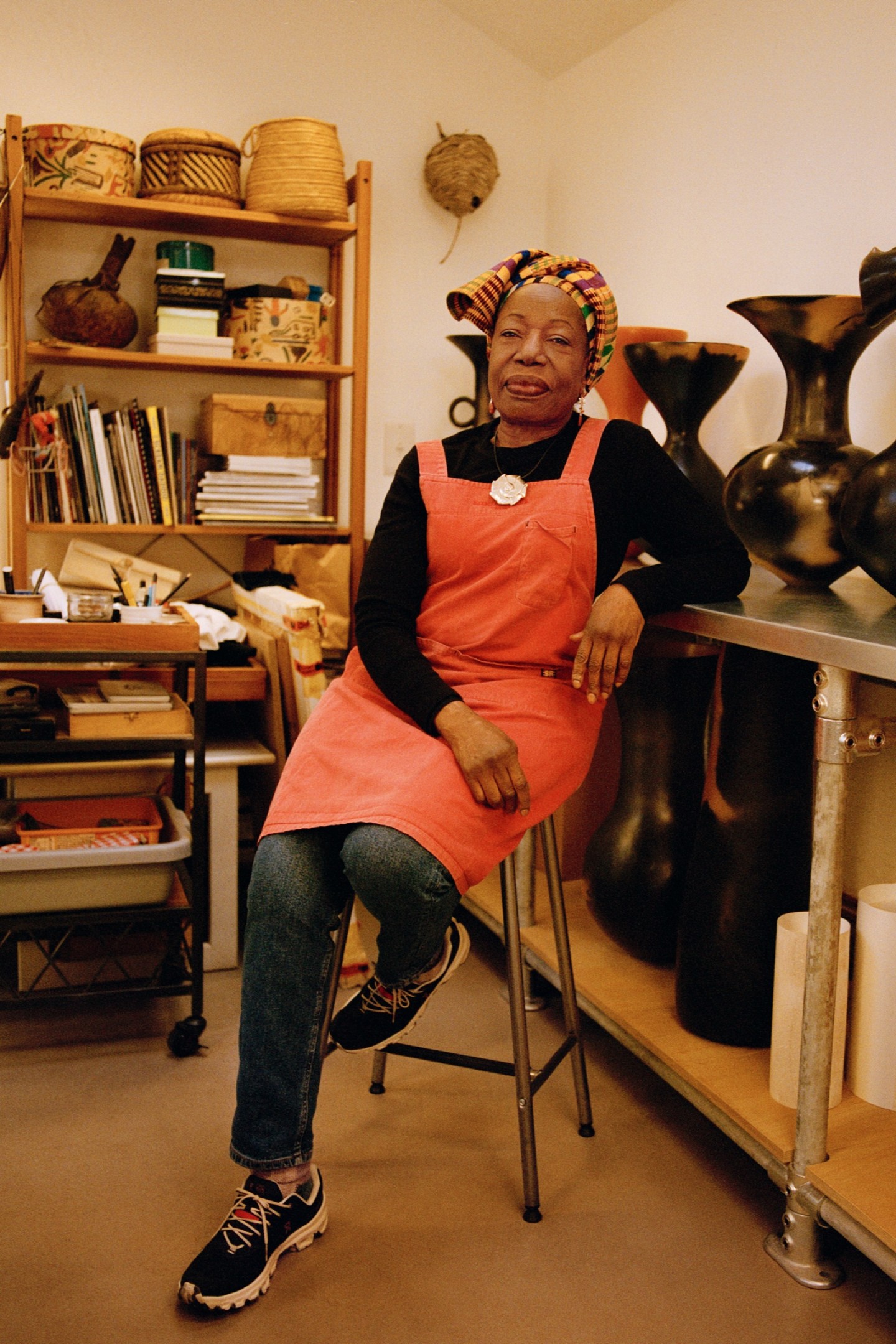
Roula Khalaf, Editor of the FT, selects her favourite stories in this weekly newsletter.
Magdalene Odundo said no when she was first approached about staging an exhibition at Houghton Hall in Norfolk, the Palladian mansion built in the 1720s for Britain’s first prime minister, Robert Walpole. And then: “No, not yet.”
The ceramicist’s sizeable sculptural pots are all about context, drawing inspiration from Africa, ancient Greece, French impressionism, modernist pottery and abstract sculpture. In order to exhibit there, she wanted time “to study what Houghton Hall was all about. I didn’t want to just plonk my work in the place without a relationship with the building, without knowing the family and the history.”
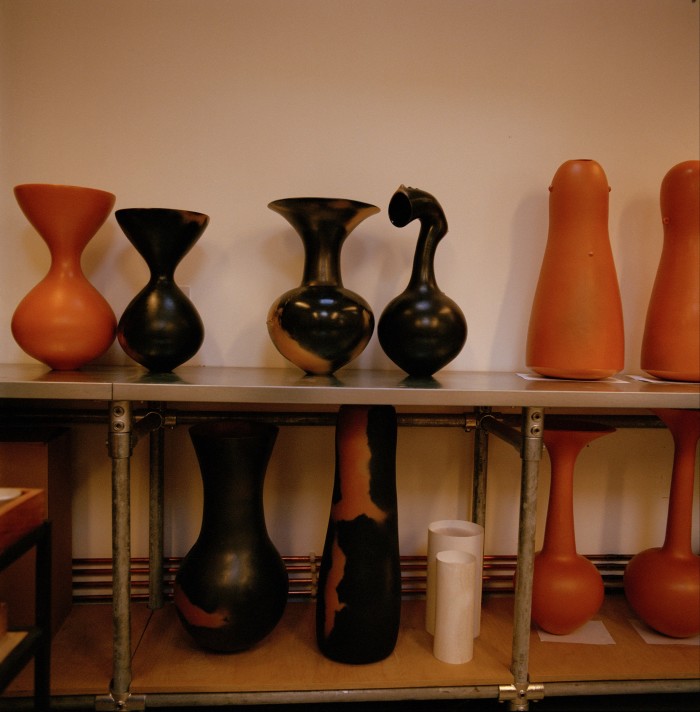
Odundo was born in Nairobi in 1950, not long before the Mau Mau uprising against the British authorities. “There’s a lot of history that connects my Kenyan heritage and British history,” says Odundo, who moved to the UK in 1971 and graduated from the RCA in 1982. Her exhibition opens this May, five years after her first visit to the house. In between times, she has been awarded a damehood, exhibited as part of the Venice Biennale, had a career-defining show at The Hepworth Wakefield, broken the global auction record for a contemporary ceramic artist and received a lifetime achievement award from the London Design Festival. At Houghton, she is the first woman and the first Black artist to have a show (James Turrell, Richard Long, Damien Hirst and Anish Kapoor are a few of the contemporary names to have come before).
The exhibition is not at all what you might expect. How her sculptures interact with Houghton’s state rooms “reminds us that we are not different from each other, but we keep making differences. And those create chaos,” says Odundo.
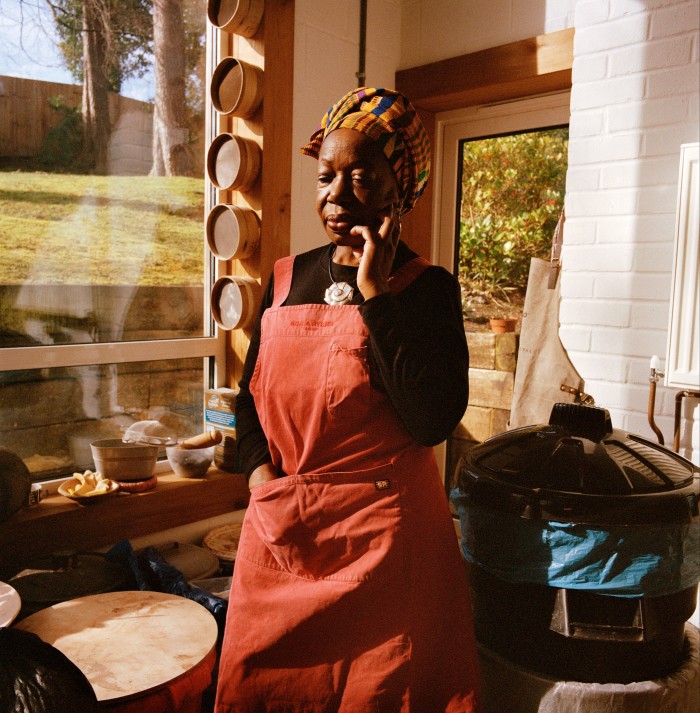
In what promises to be one of the most striking displays, a single vessel will stand proud in the centre of Houghton’s vast gilded Red Saloon, which is hung with multiple portraits. Odundo’s pots have often been described as anthropomorphic, and this one “is like a sentinel of a man, standing there, watching these other figures”, she says. Her intention is that visitors “will look at the portraits that are there, but also look at my work not just as a piece of ceramic but as something that has a bodily essence”.
The juxtapositions, Odundo says, emphasise “the universality of how we think”. She is sipping tea in her Surrey home, part of a cluster of houses on the edge of a medieval deer park whose free-ranging inhabitants, she says, frequently jump the fence and munch her plants. She is a petite, quiet force in an exuberantly coloured headscarf who radiates warmth.
Her studio is housed in a purpose-built extension complete with its own kilns. Stool-sized shapes wrapped in black bin liners and tied with tape are pots in progress; rather than using a wheel, Odundo hand-builds her vessels in clay using a hybrid of techniques, including a traditional Gbari practice learnt in Abuja. She then hand-burnishes them, adds a thin clay slip, and reburnishes. The final firing results in black and orange pots so polished they offer an almost reflective shine.
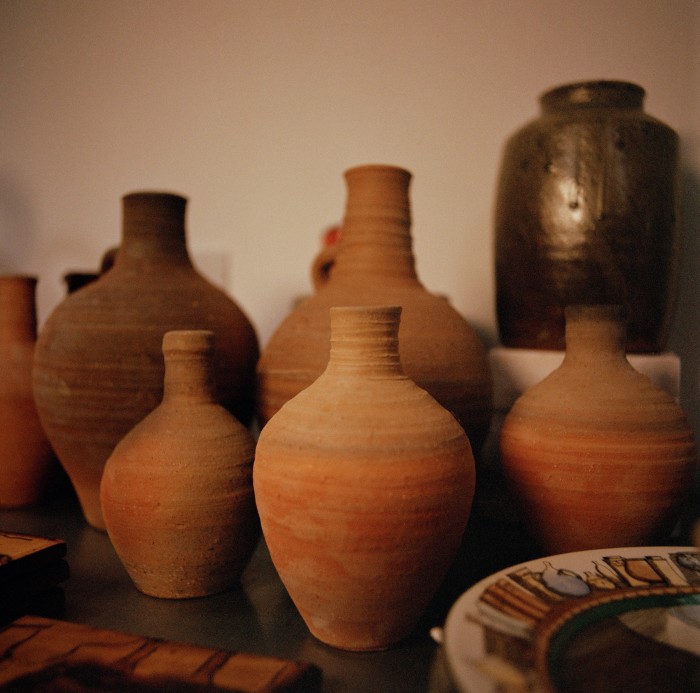
If each vessel with its graceful sweep and profile-like protrusions can be seen as a portrait of a person, Odundo suggests that it’s more of a portrait of their soul, “what we don’t see, what is not tangible”. She explains: “The pieces are visually leading you to try and figure out what is inside. It’s all about the human form. We have this internal side of us that makes us who we are, and the external bit that is the embellishment of who we are. And humanity comes from the hidden inside you.”
As “statements of being”, it’s important that these vessels are “embraced”, says Odundo, “like a person. Loved. Like you’d cherish a human being.” To this end, while the pieces she is exhibiting at Houghton challenge their surroundings, they also call for a resolution.
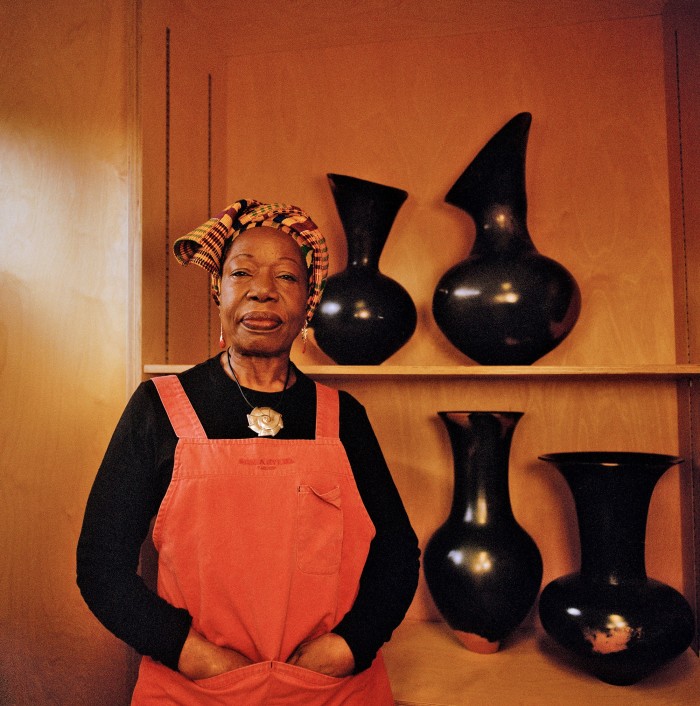
“When you stand in front of one of her pieces you are immediately struck by the way... she creates these extraordinary forms,” says Abraham Thomas, the Metropolitan Museum of Art’s curator of modern architecture, design and decorative arts. Adds Andrew Bonacina, who curated Odundo’s Hepworth Wakefield exhibition and now represents her: “Magdalene’s sculptural language speaks to a diverse audience and to a wide range of contemporary concerns.”
Odundo is caught off-guard when asked what it felt like to be granted a DBE. “Oh, that’s a tough one. It’s an honour and privilege. Despite all the hoo-ha that goes around the honours because of the Commonwealth and the political history, it’s still a tradition that I was brought up with,” she says. “Being a Dame of the British Empire is complex, but I acknowledge that within that complex structure my work has been recognised.”
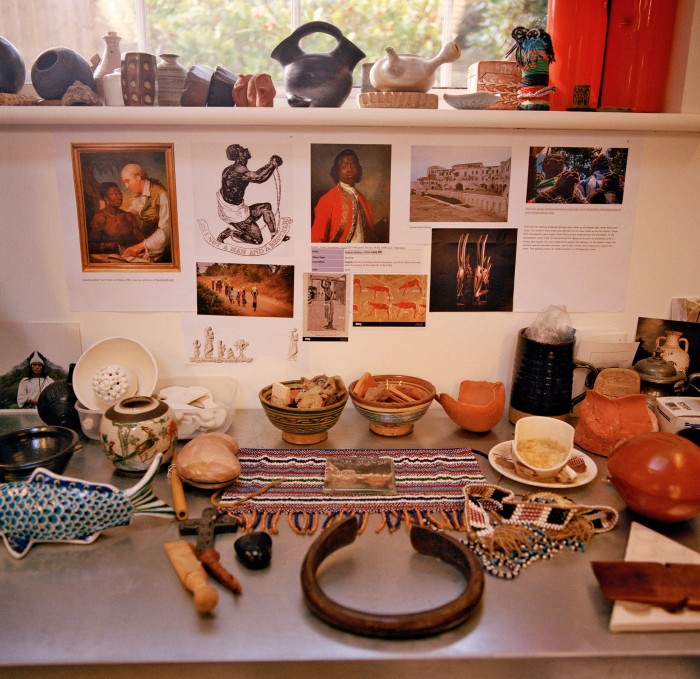
Commercially, this is the case too. In 2022, blue-chip contemporary art gallery Thomas Dane showed her work as part of a group show; it will exhibit pieces from Houghton in October. “In the past, I think the work of many artists would have been categorised and distinguished as being in the mode of primitive African art,” says Odundo of the broad shift in the market. “It would never have been shown in a white cube gallery. But now, especially since Black Lives Matter, galleries are clamouring to exhibit work that all of us for years have thought should have had the visibility.”
Odundo saves her most ambitious intervention at Houghton for the Marble Parlour – a banqueting hall with imposing full-length portraits. It would have been the place for “showpiece” items, and so Odundo is displaying a multitiered, 160cm-tall wedding-cake-like sculpture realised in a cane (golden yellow) expression of Wedgwood’s distinctive Jasperware. Founder Josiah Wedgwood was a prominent abolitionist, and Odundo uses this history to construct a narrative around slavery and exploitation, building up from a bottom layer featuring men and women in chains, to a top tier of images of contemporary protest in Kenya against higher taxes and reduced subsidies. One placard reads “Poverty is Human-Made”.
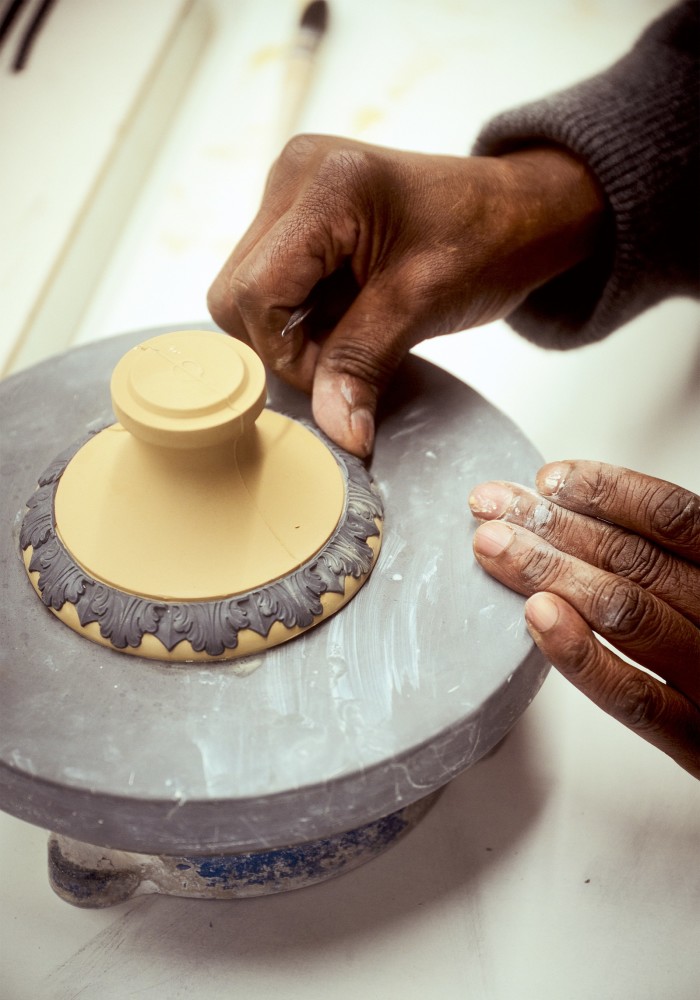
The Marquess of Cholmondeley, current custodian of Houghton, says he is “especially looking forward” to seeing this sculpture. “I believe there will be a fascinating dialogue with Houghton’s opulent decoration – the antithesis of Magdalene’s work – with some of her recent work alluding to early-18th-century political and social issues.”
Odundo puts it more bluntly. “We haven’t actually learnt anything from history,” she says. “We haven’t really resolved any humanity, and all we do is fight.” She says she feels desperate for the global situation. “There is paradise but it is lost.” When pressed, however, she says there is an optimism in her work. “I think the beauty in Jasperware is the hope, and the use of cane gold in the work is perhaps a search for that alchemy of peace… this beautiful aspect of a sort of a cake, a totem going upwards, is the hope.”
Magdalene Odundo, Houghton Hall, 12 May-29 September. Thomas Dane Gallery will present works by Odundo from Houghton from 8 October to 14 December to coincide with Frieze London’s 21st edition
Comments